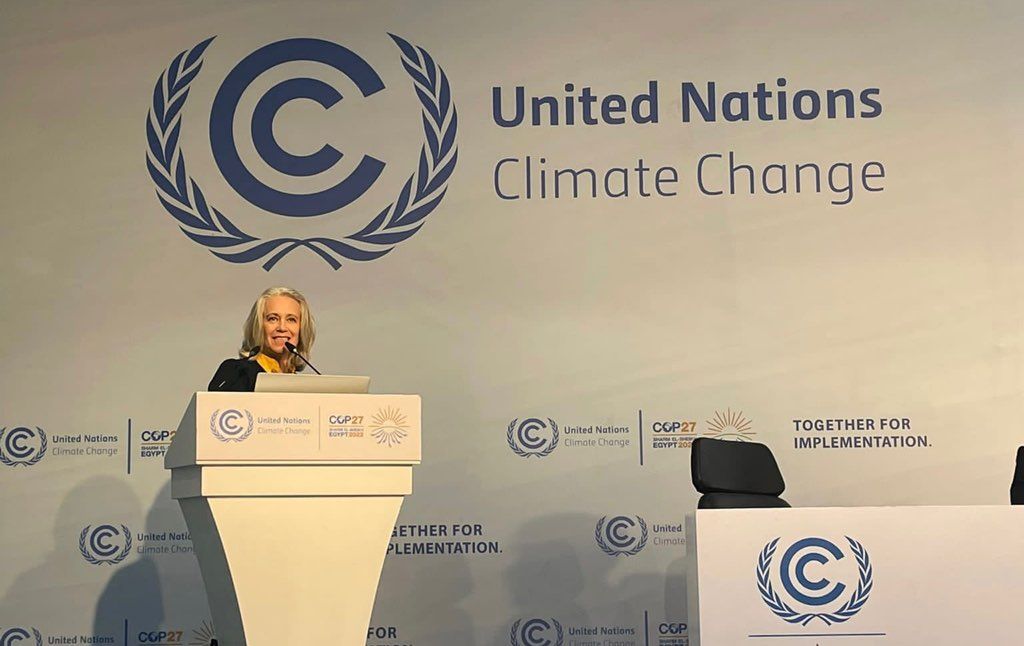Although the COP negotiations this year were largely disappointing, it was the first year food systems were up for discussion at the conference.
Here are five key takeaways from those discussions:
- Food systems are part of the conversation
Although better food systems for emissions reductions, food insecurity relief, biodiversity and farmer strength, and animal and human health need to be more prevalent in conversations, it was remarkable and hopefully they were part of the discussions at COP27.
Of note is that while there were three or four pavilions discussing food (Food Systems, Food4Climate, FAO), I did see other pavilions, such as India, touch on the importance of less carbon intensive foods such as millet. I was encouraged to see the dialogue taking root in other pavilions – progress is being made.
2. Private sector must play its part
The private sector brings much needed resources, and the solutions can’t be left to governments alone. Certainly, the onus can’t be put on consumers. The private sector must be squarely in the conversations on emissions reduction through food systems transformation.
In a press conference, I made a call for public companies and markets, as well as venture start-ups and investors, to step up to the plate for action in developing more sustainable systems, investment in existing and novel alternative proteins and plant-based innovation and immediate work towards supply chain transparency.
3. Methane is a large culprit
Food Tank notes that “more than 150 countries have now signed up to a global pact to reduce methane emissions-50 more than when the US and EU launched the Global Methane Pledge during the Glasgow climate talks last year”.
Many know that the way to impact methane reduction is to shift away from animal agriculture since 32% of the world’s global methane emissions come from animal agriculture, per the EPA. Thus, a commitment to methane reduction should be a commitment to animal agriculture reduction through innovation for replacements in part…hopefully.
In addition to methane, the animal factory system is responsible for 41% of the tropical deforestation and uses 42% of the world’s clean water.
4. Invest proportionally to the impact needed
As Paul West of Project Drawdown noted in a meeting at the Intentional Endowment Network’s webinar regarding food inefficiencies leading to food security held during, but not at, COP27, we need to invest proportionately for impact. We invest heavily in mitigating emissions from the transportation sector, while that sector’s drawdown potential is 13% of emissions. We invest smaller amounts to mitigate emissions from agriculture, while that sector’s drawdown potential is 21% of emissions.
We must invest more in the sectors that can have more impact. It may seem contrary to public perception, but food systems currently produce more emissions than the transportation sector and have a more significant carbon footprint.
5. Look ahead to COP28
Armed with the positive traction of COP27, at least with respect to food systems discussions, most believe and predict, including me, that COP28 in Dubai will include much larger representation for food systems discussions.
This year food topics at COP27 ranged from farmers and a just transition, plant-based and protein innovation and diversification, loss and food waste systems and food insecurity. I spoke on the role of private and public investing in creating an efficient, cruelty-free, and sustainable food supply system.
Overall, however, there was minimal discussion. The majority of pavilions did not address food systems or animal agriculture’s role in climate change. There were some vegan options offered onsite. For the most part, however, every meal carried carbon intensive options of beef, chicken and fish.








